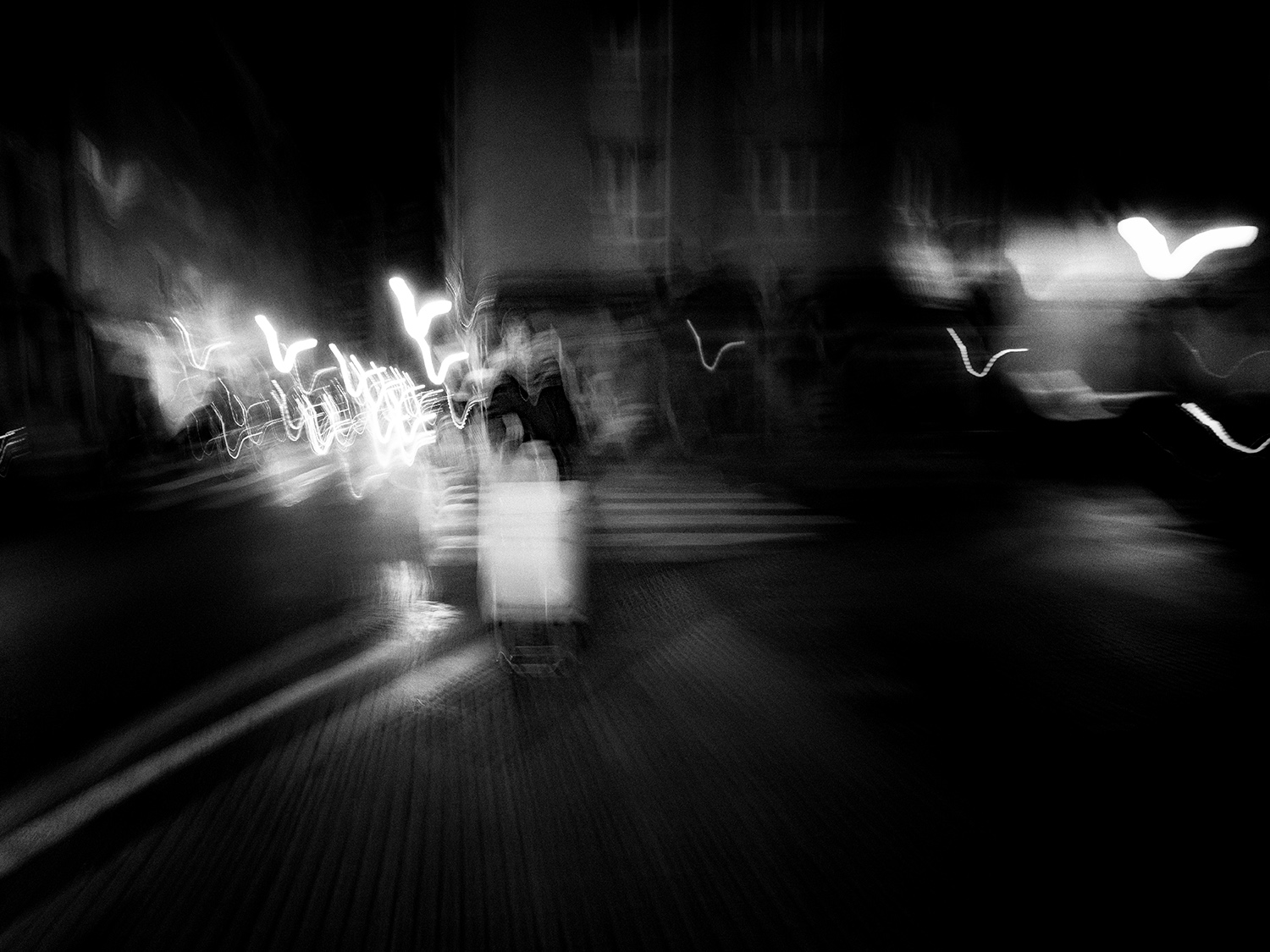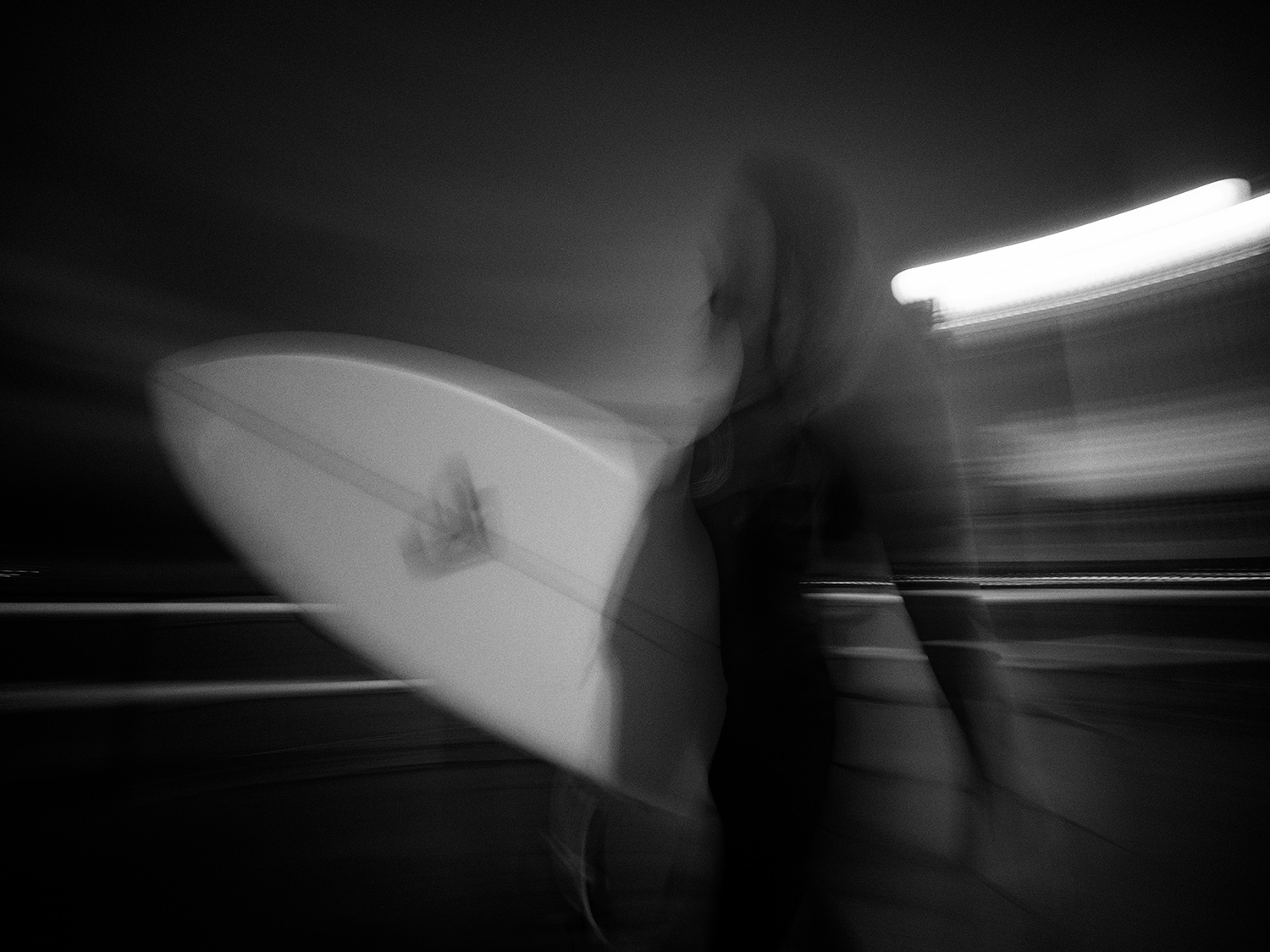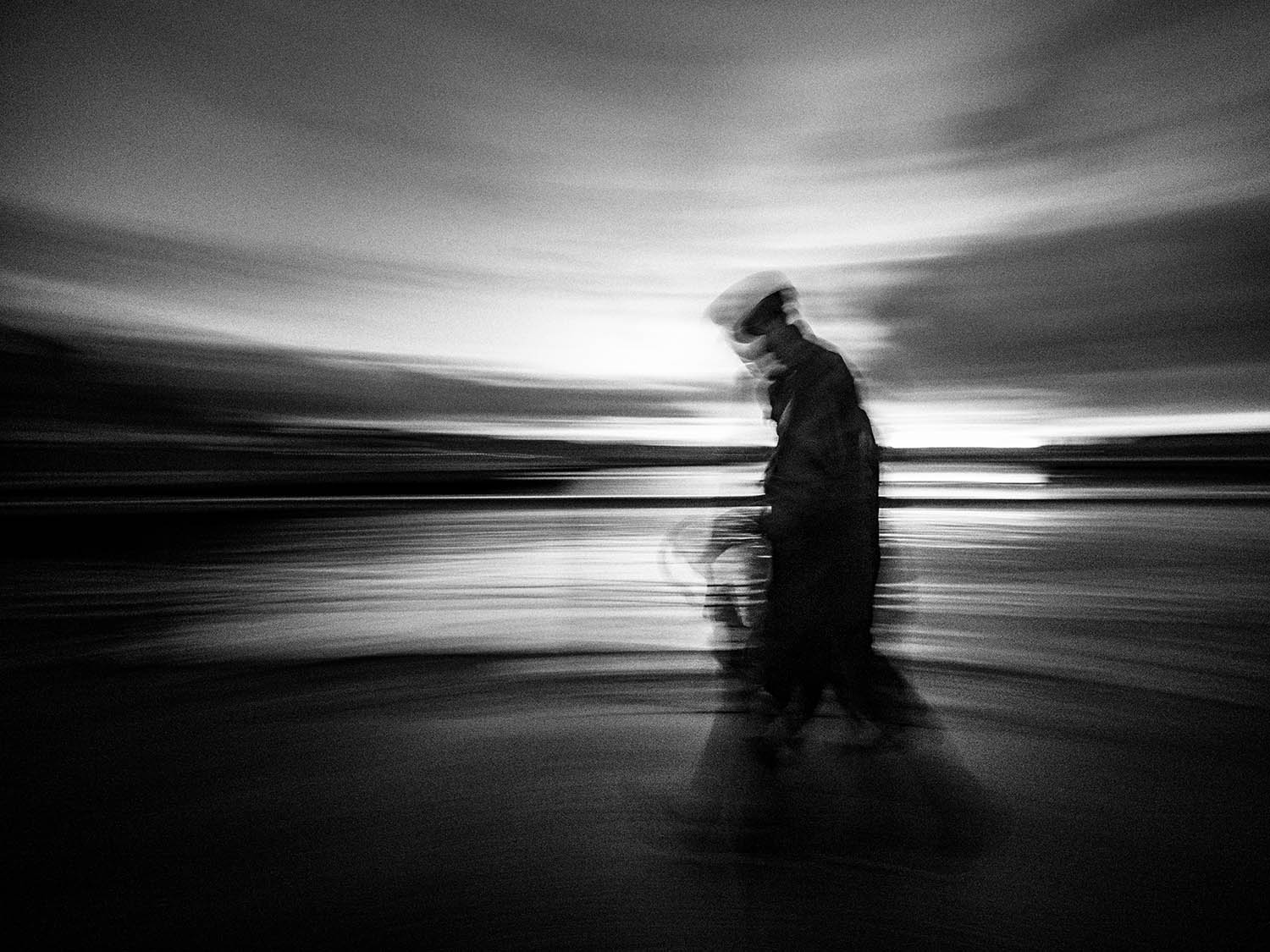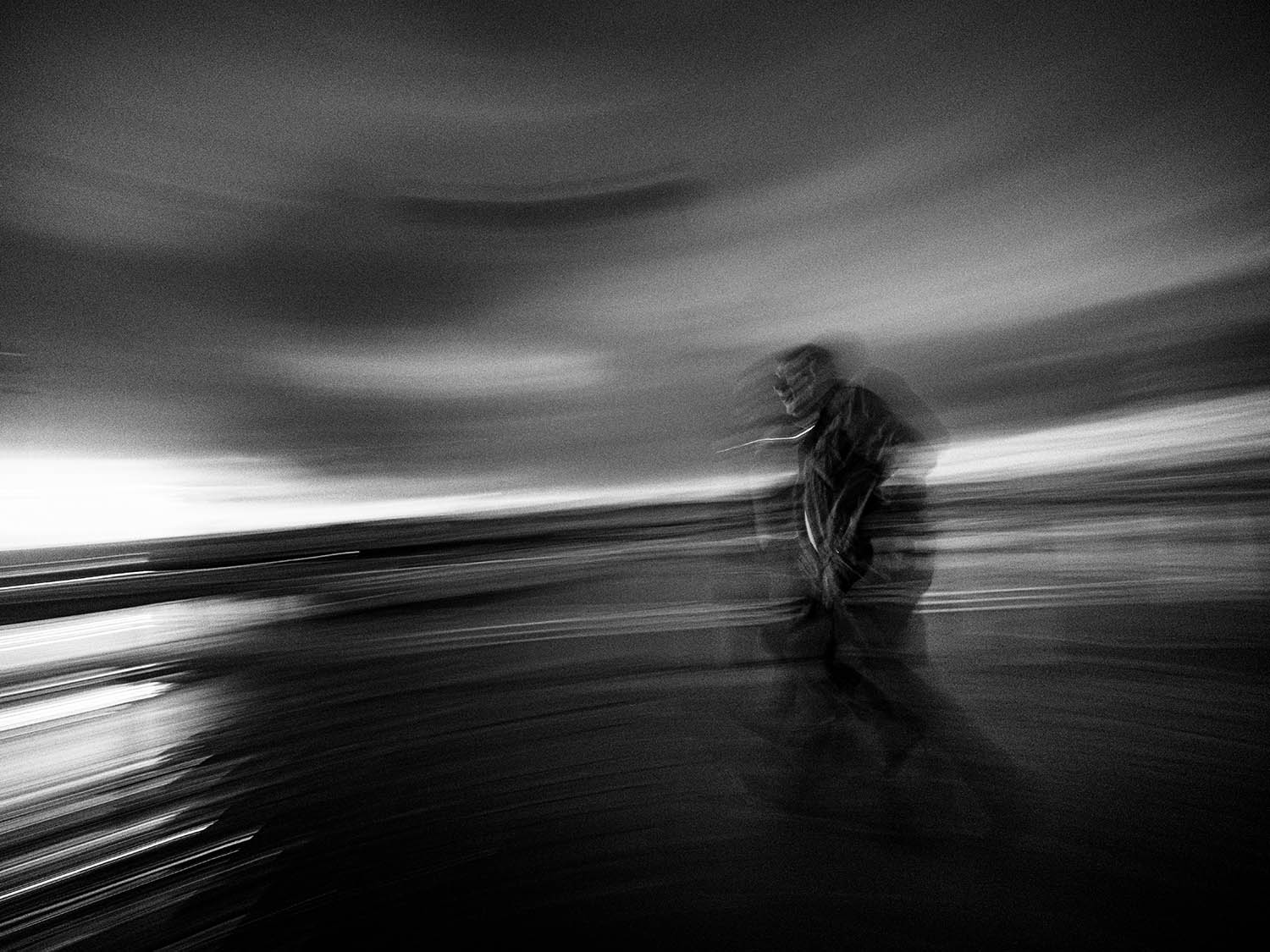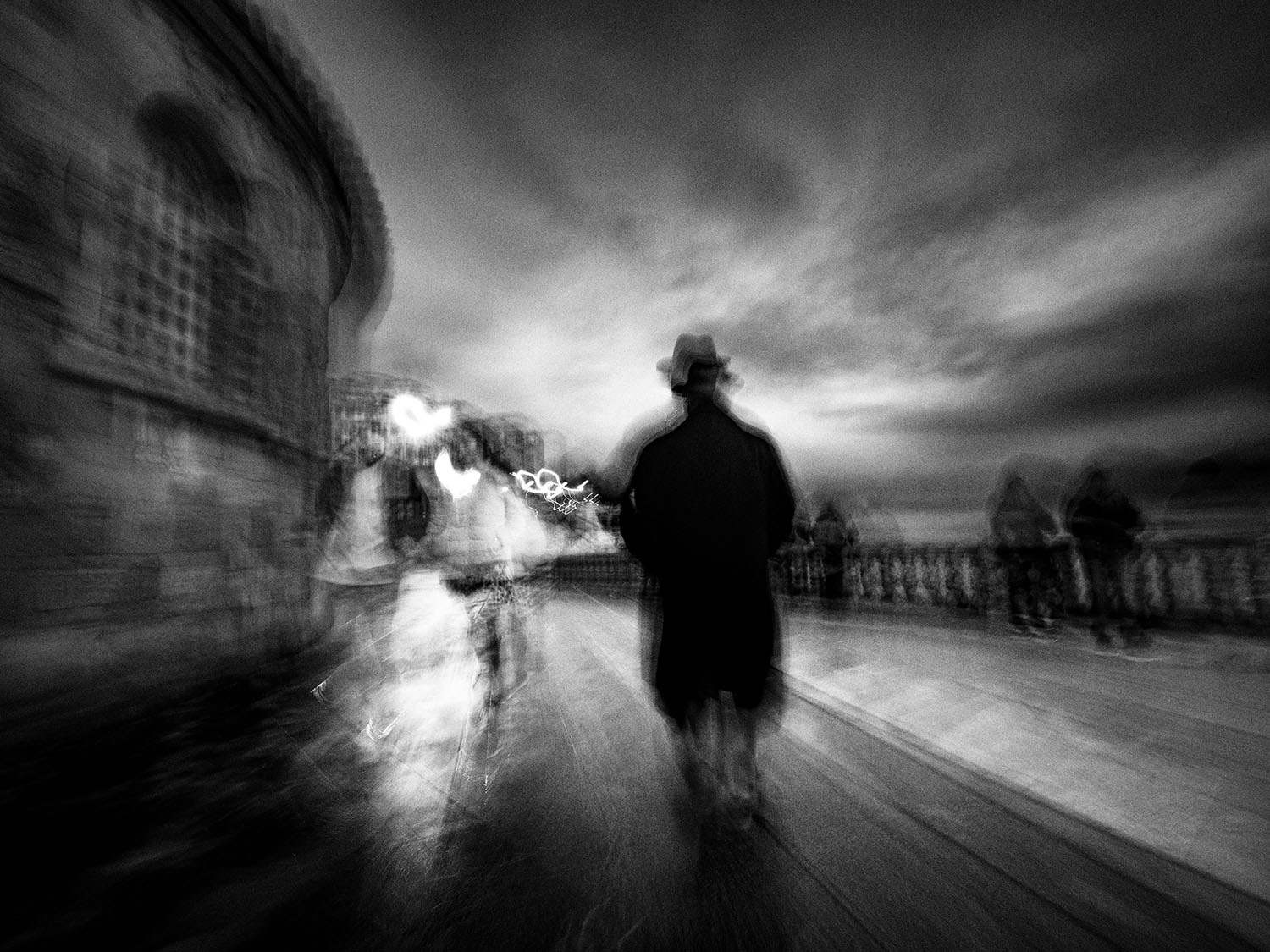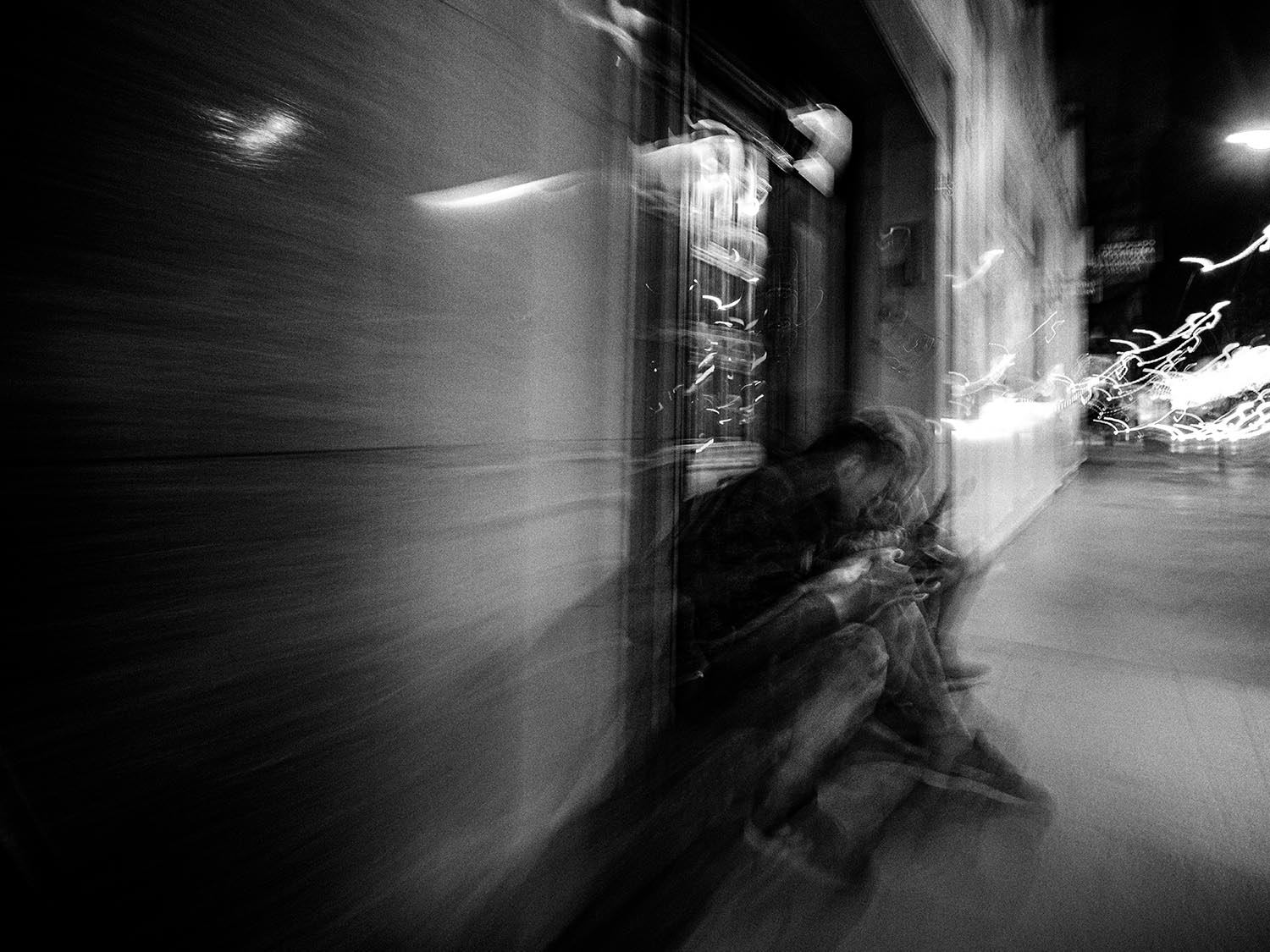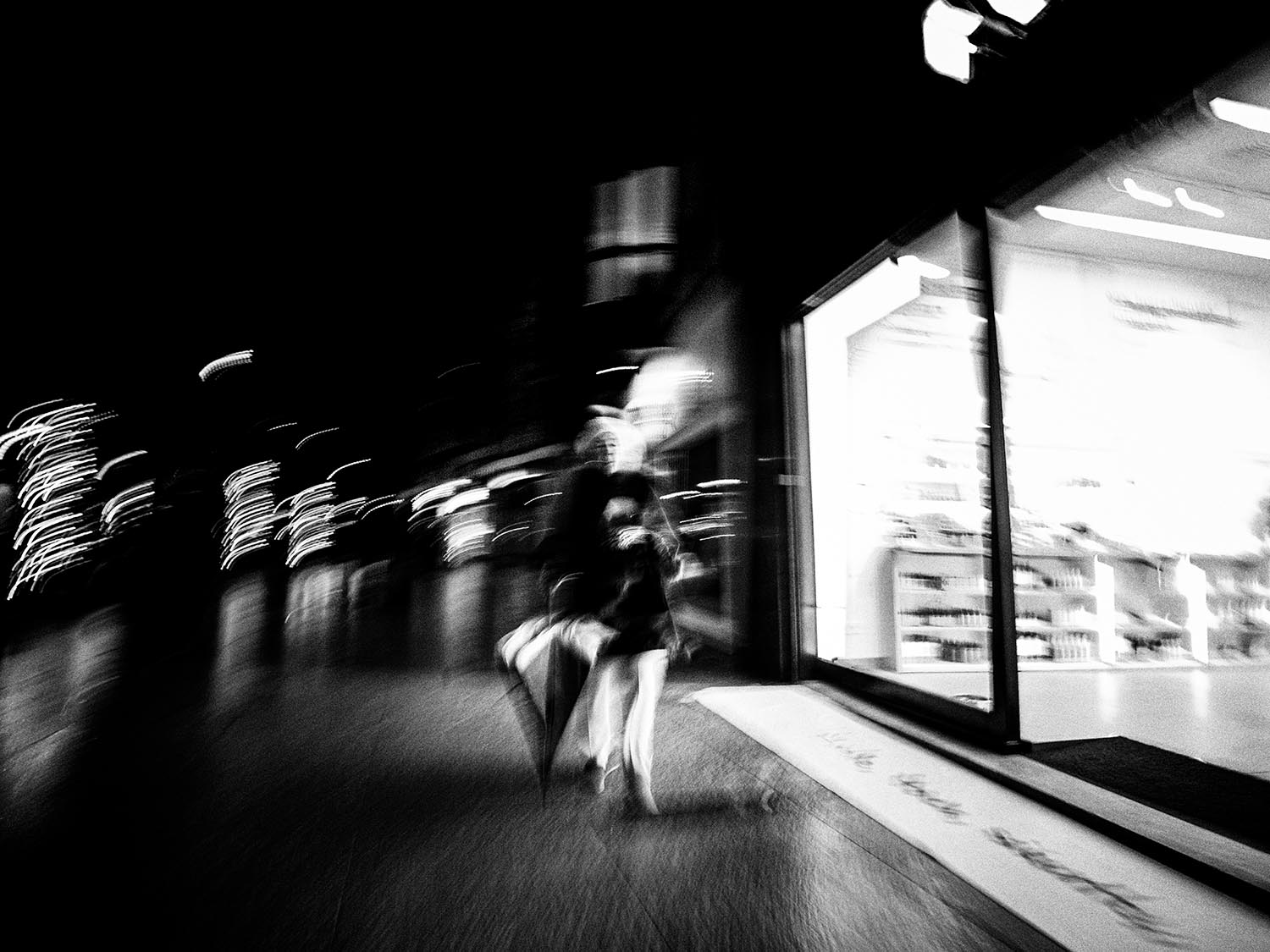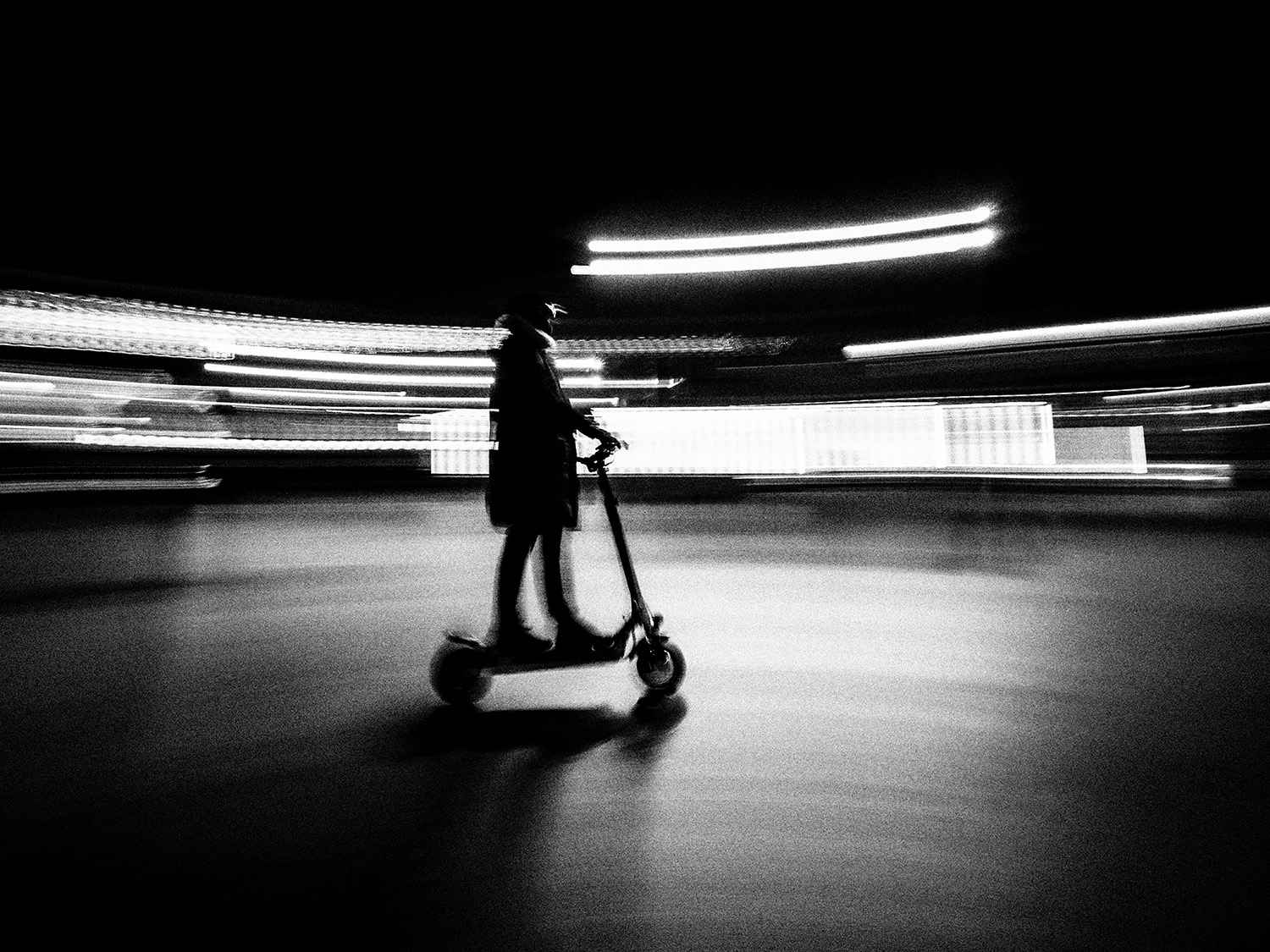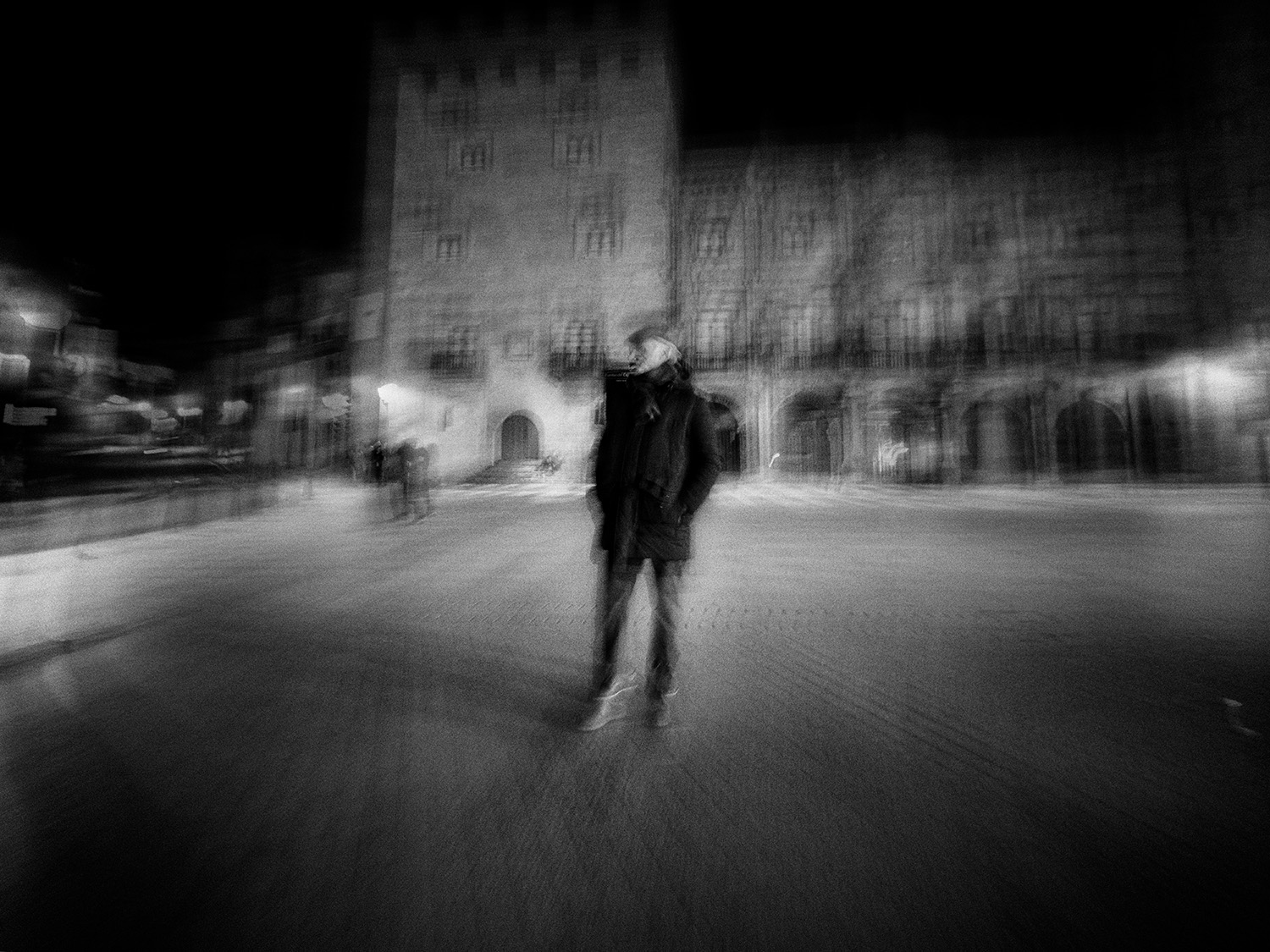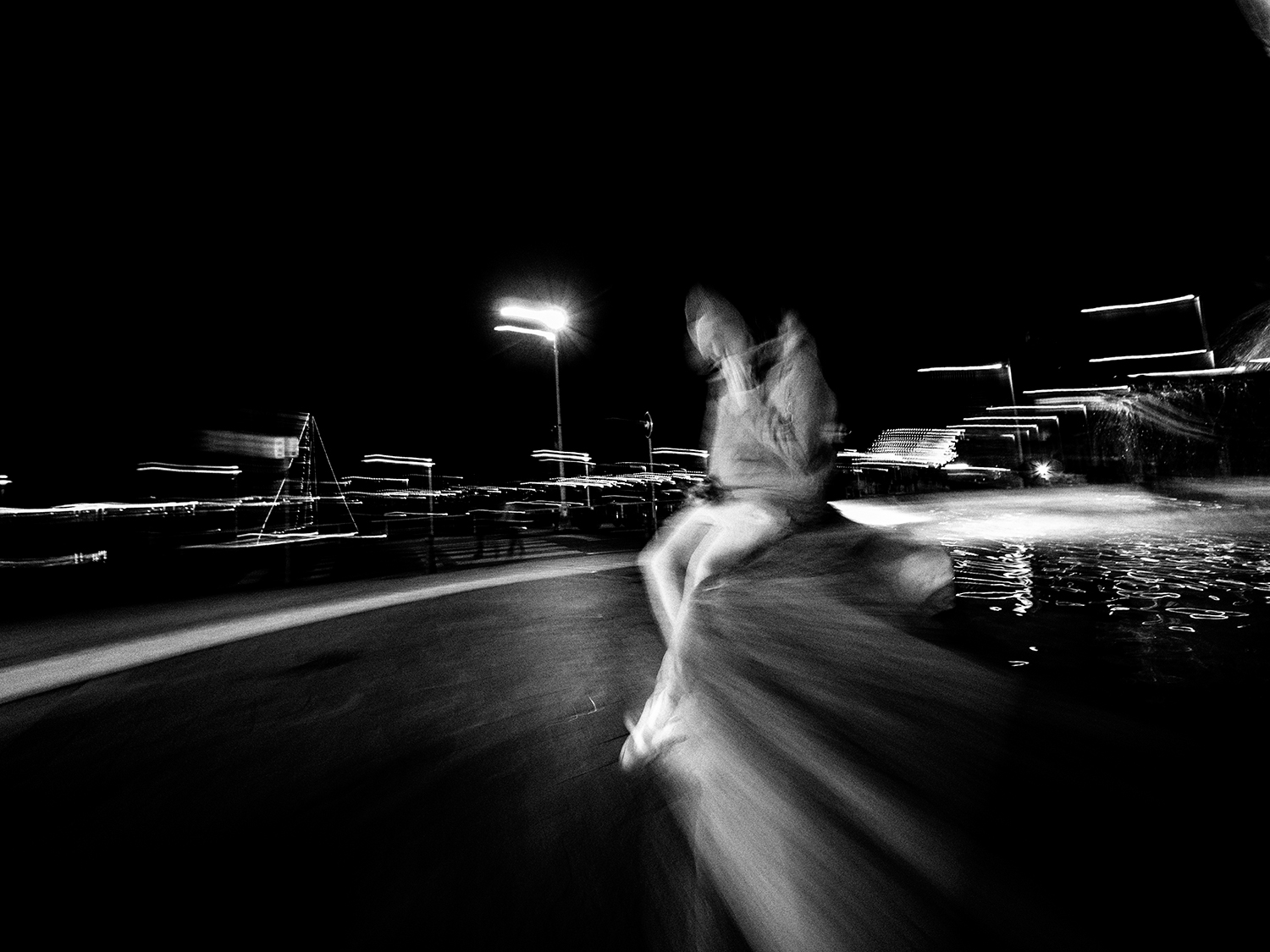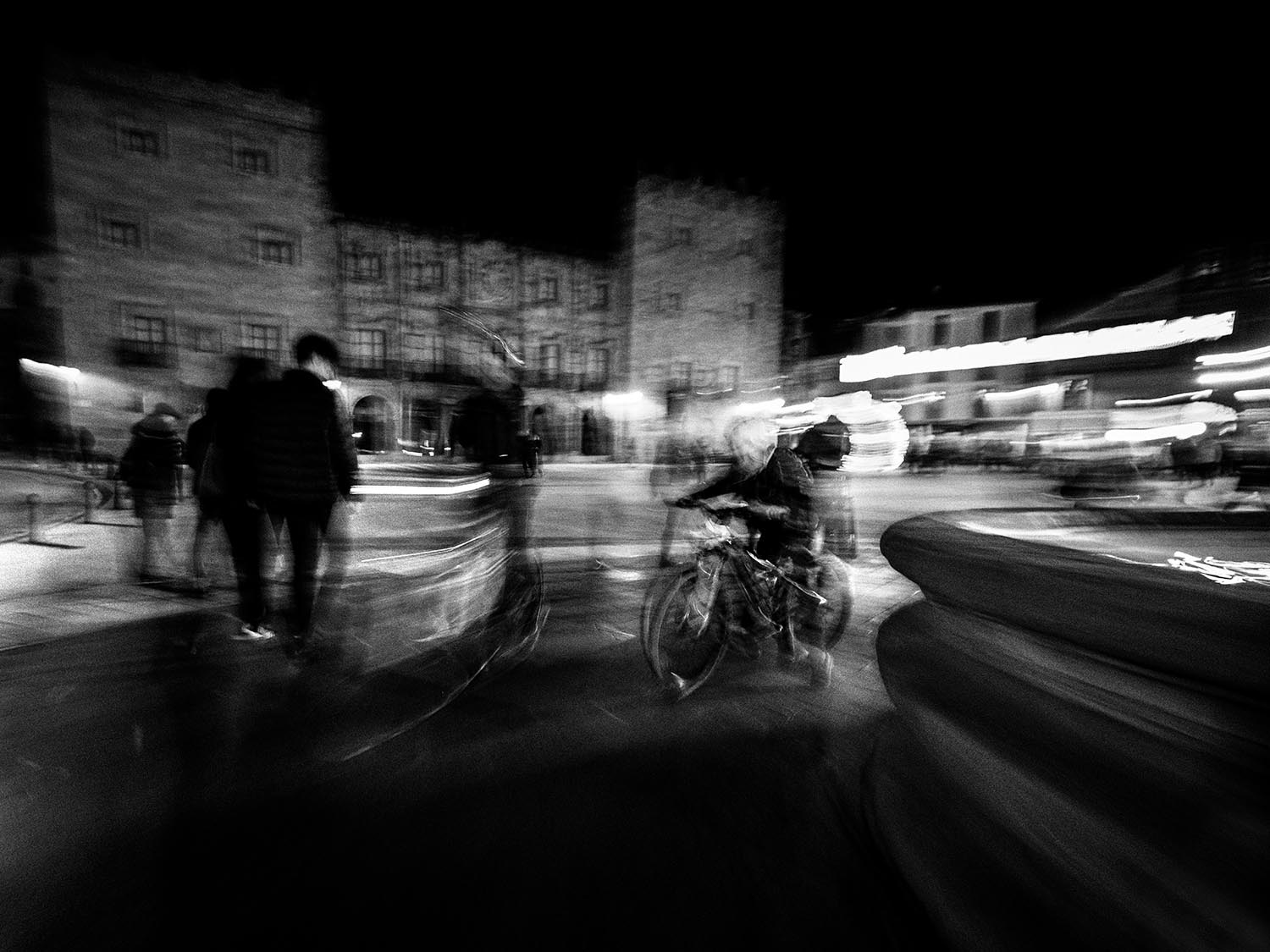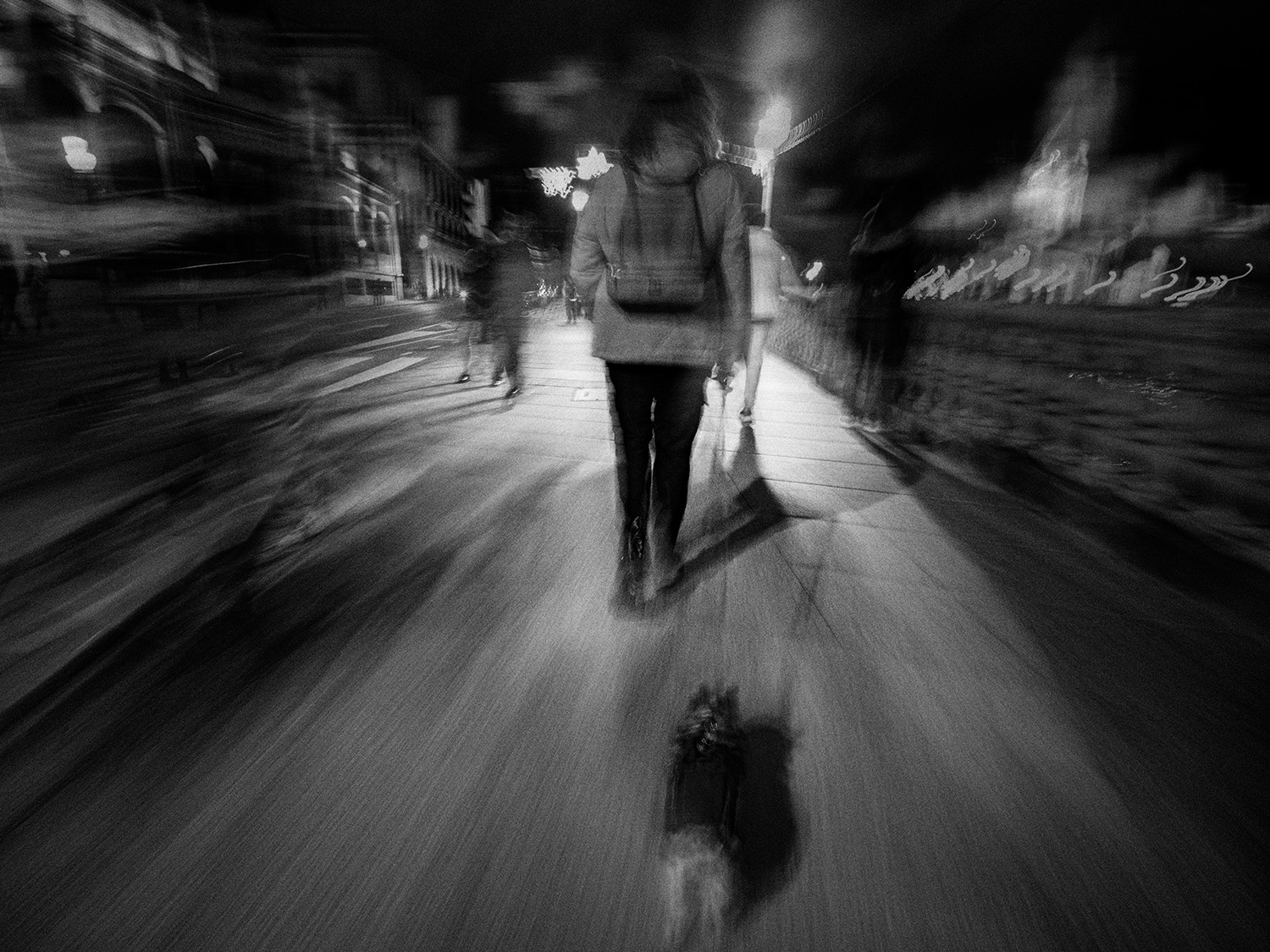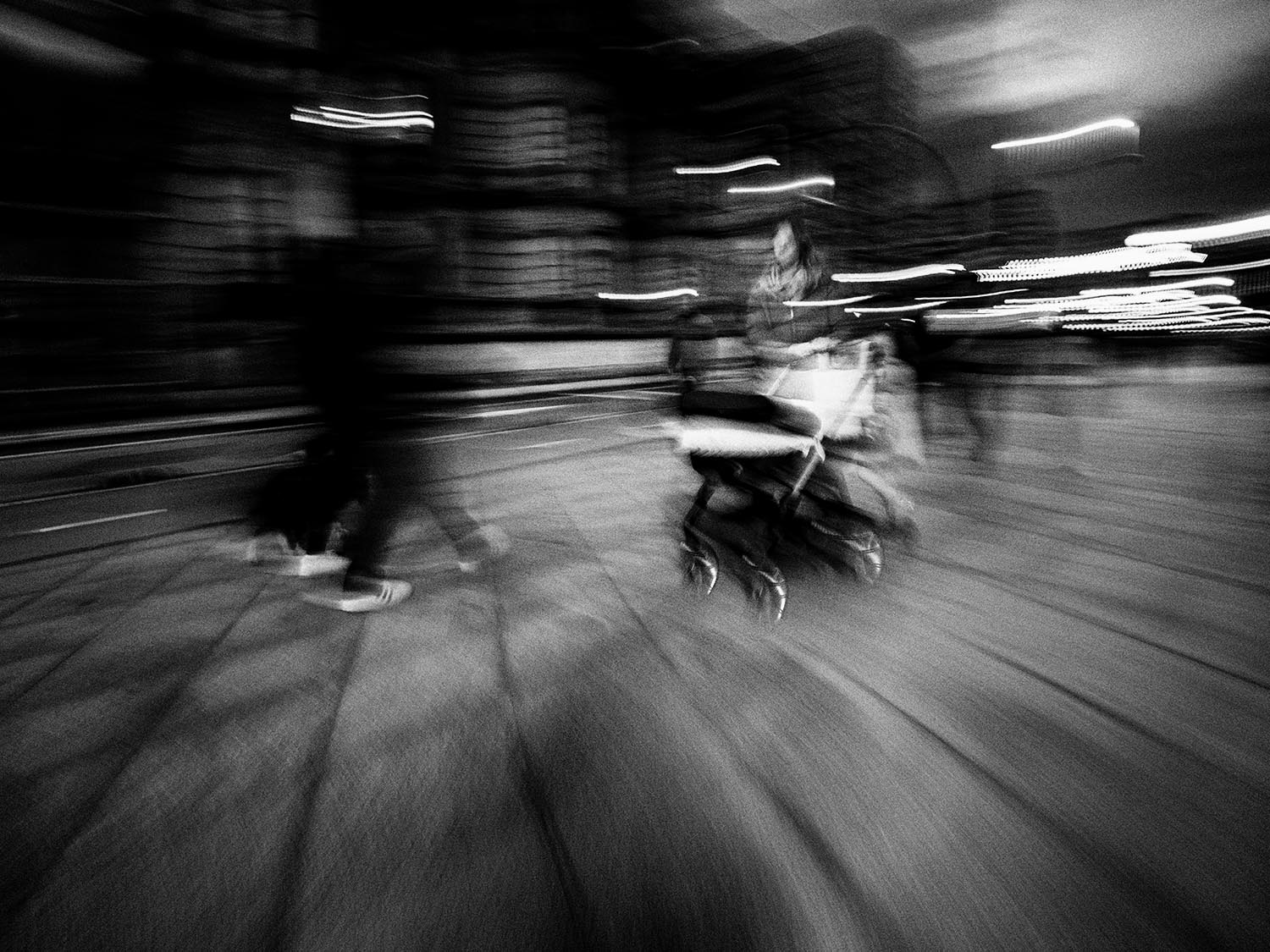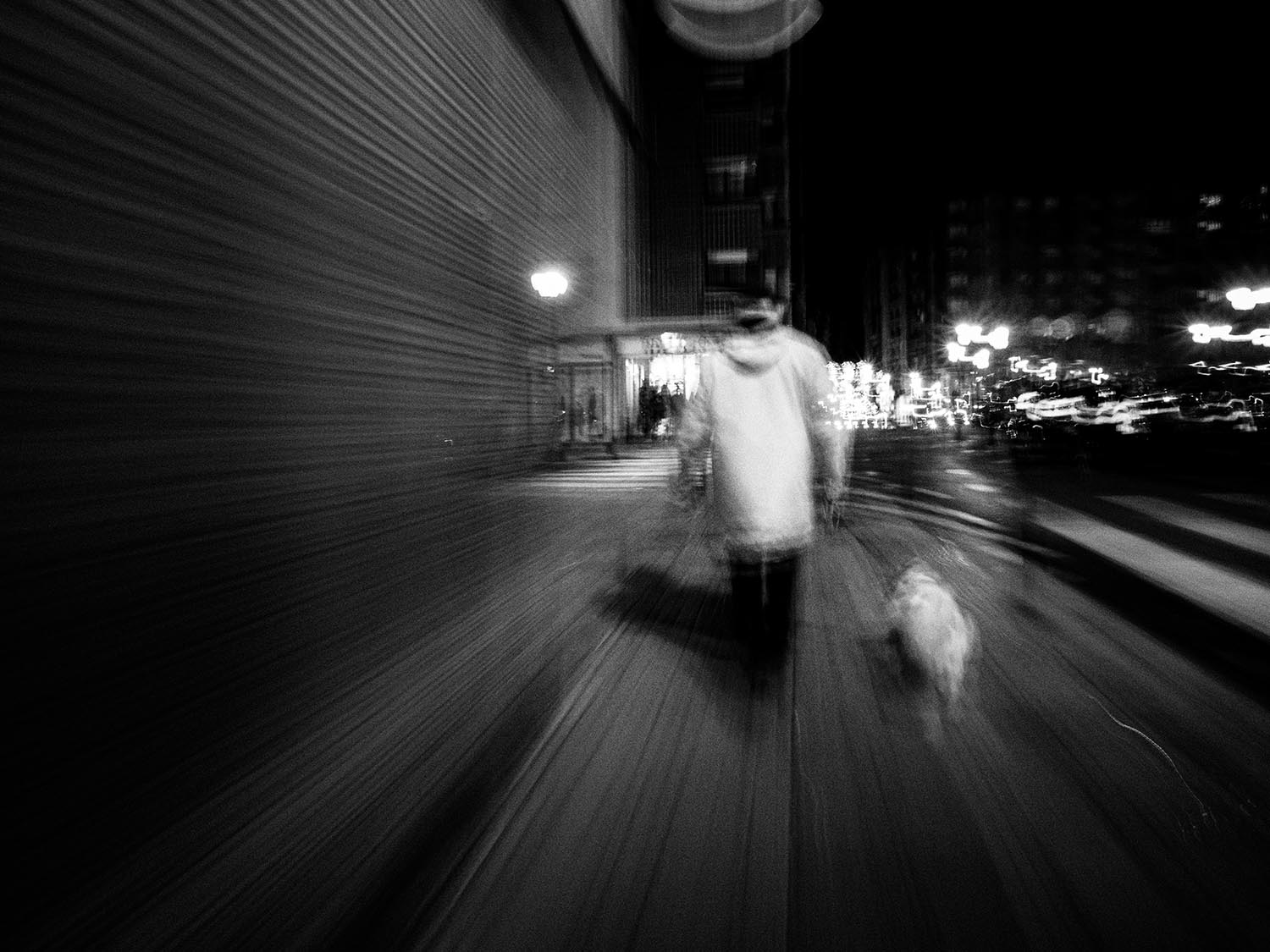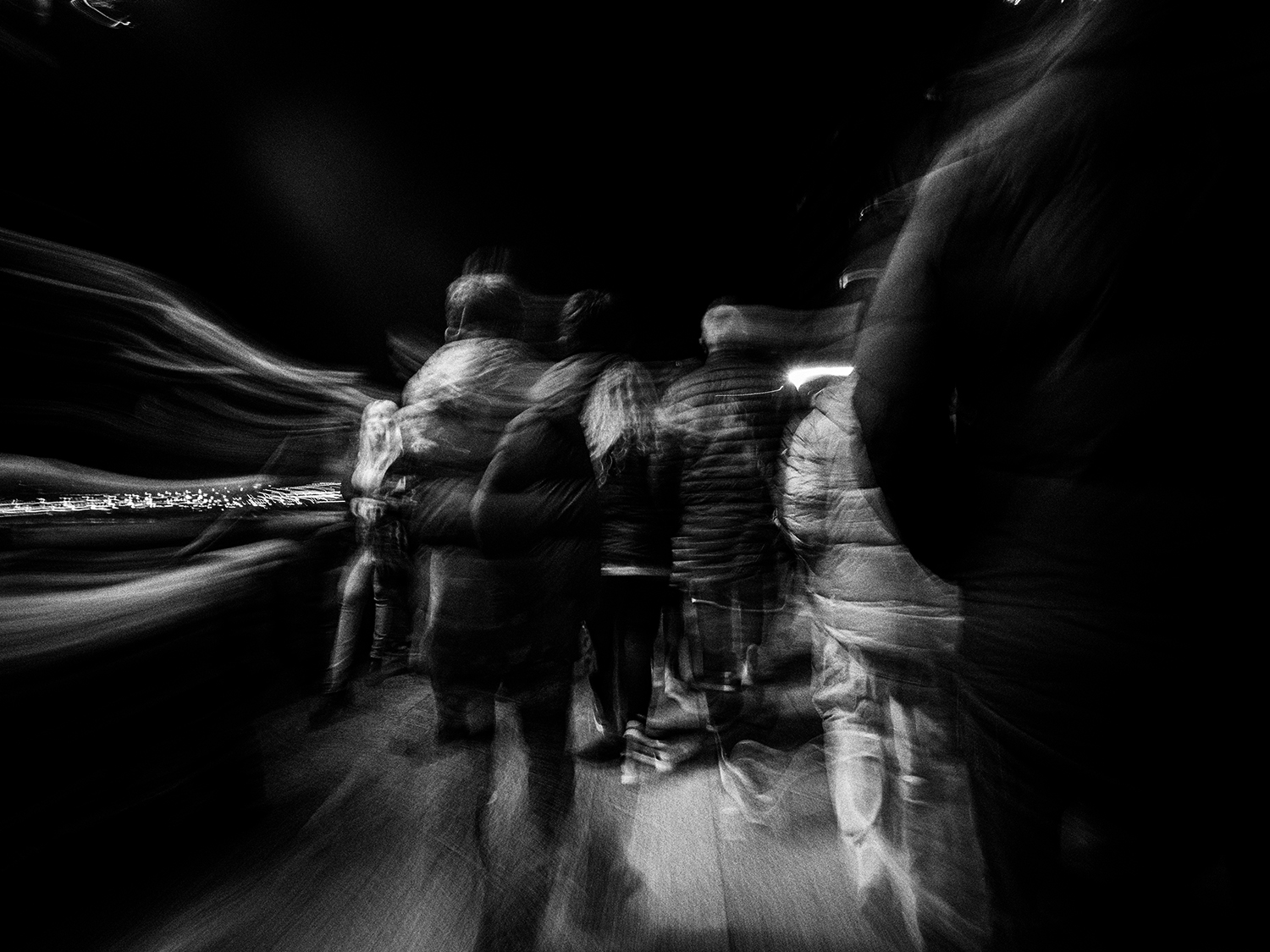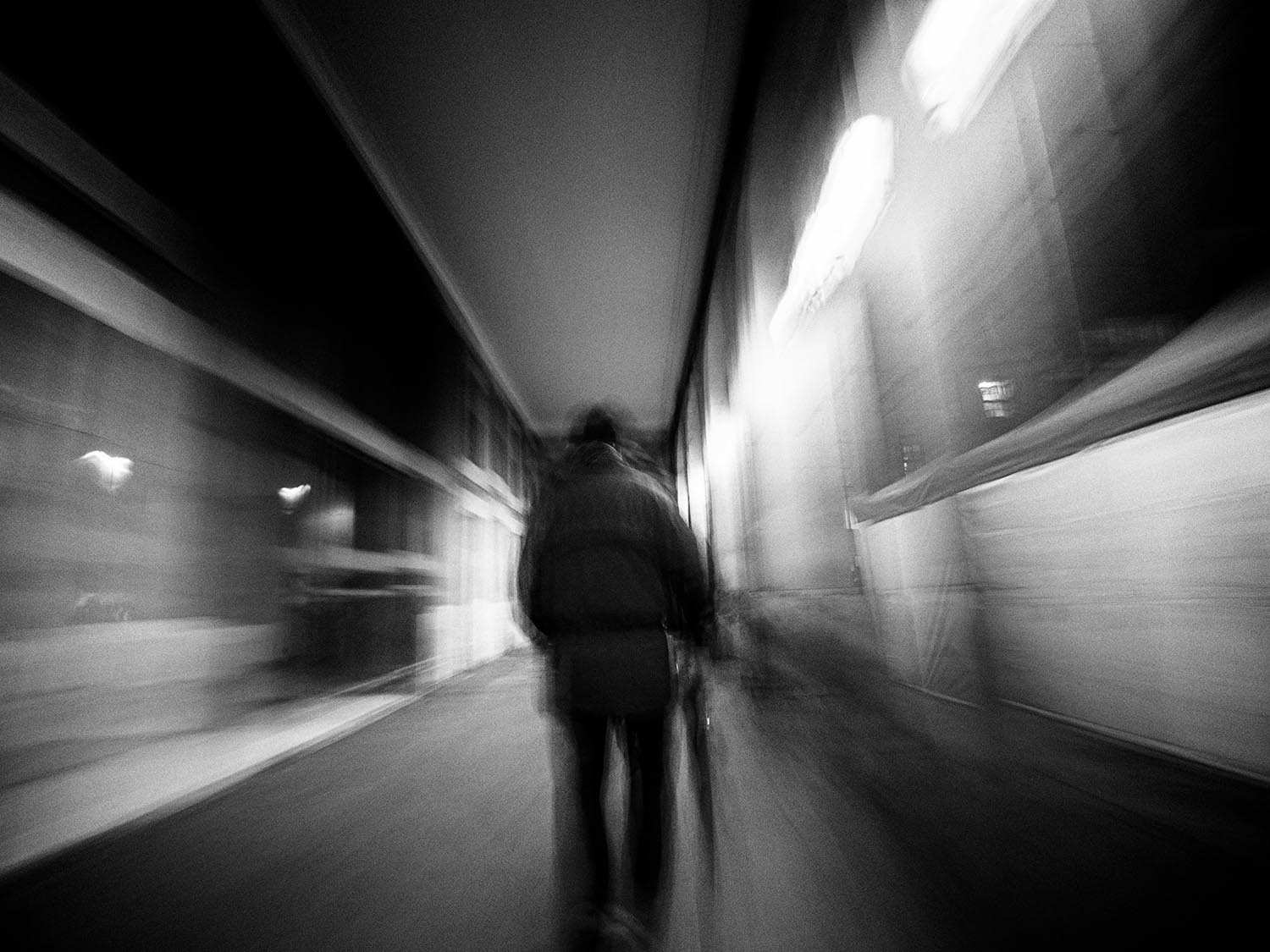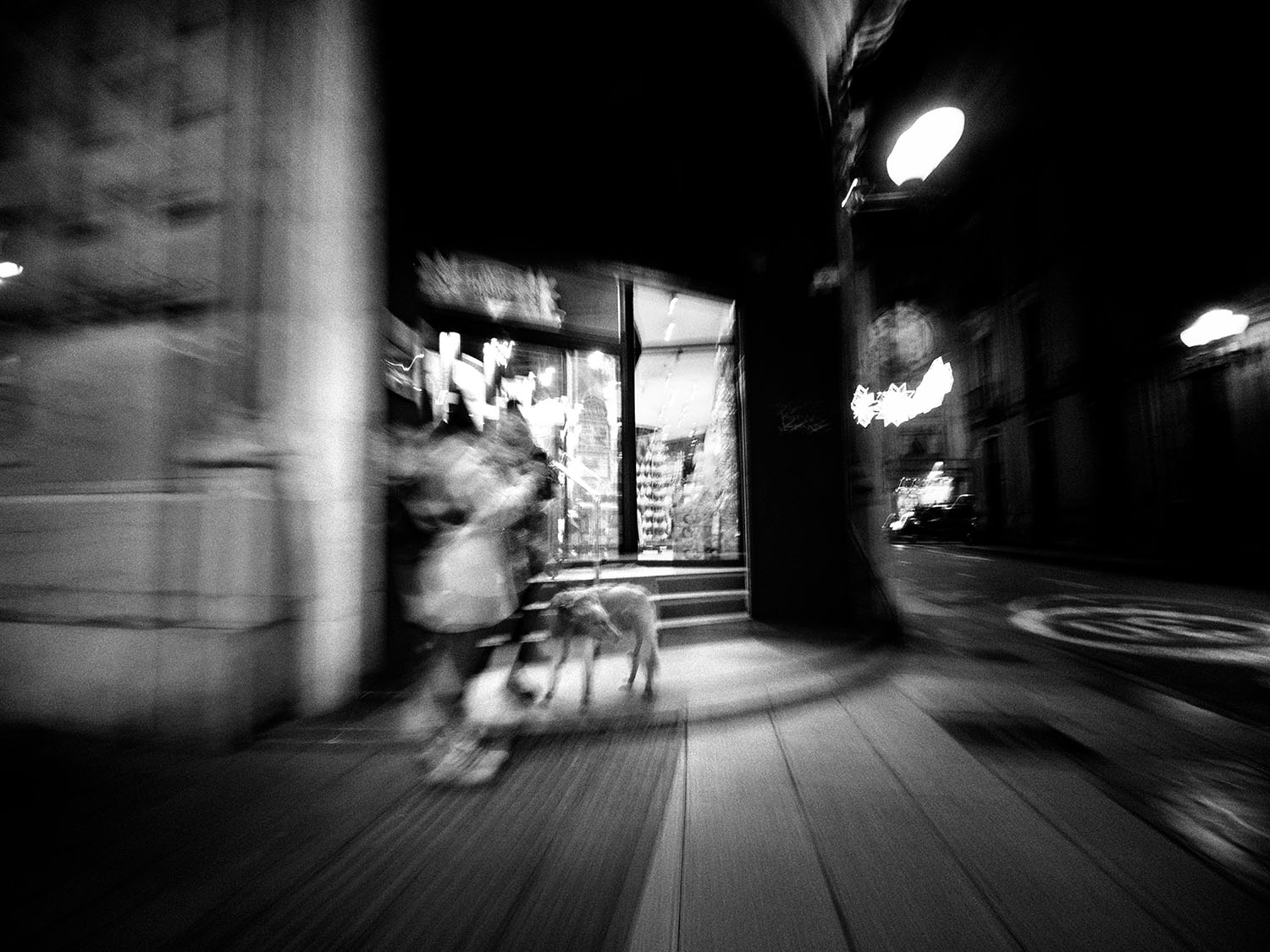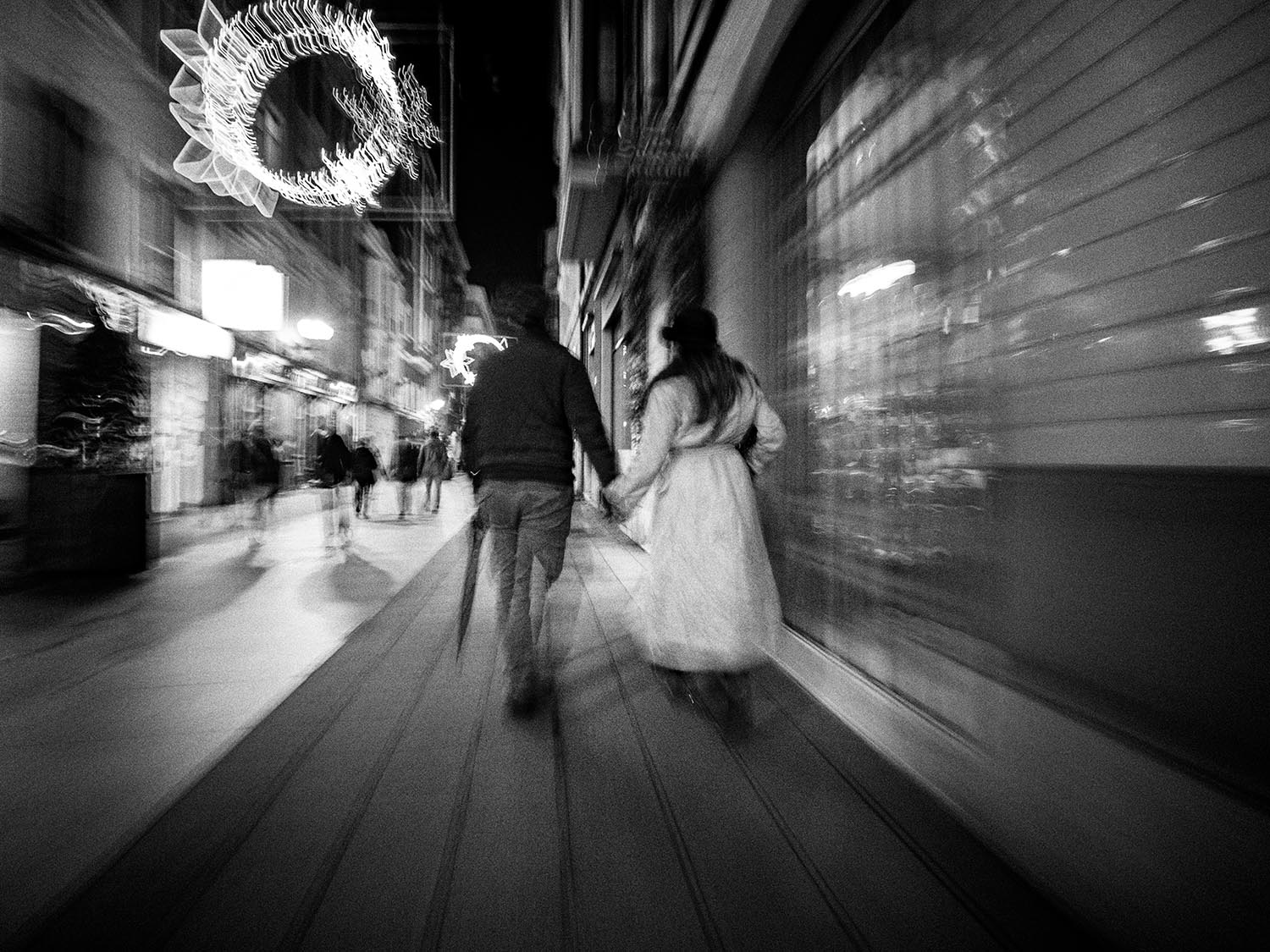FLOW
:: ONE SHOULD SURRENDER TO HIS INTUITION: WE KNOW MORE THAN WE THINK - DAVID LYNCH ::

"Photography is like a therapy".
For quite some time now I have heard this phrase on the lips of many photographers. I, too, have repeated it myself countless times. But I think I've never really been aware of the scope of meaning that it carries.
Taking my camera and going for a walk is a form of meditation. I get into my world, I look around me and keep that attention to see the "zen bell" that Joel Meyerowitz talks about in an interview.
Photography itself has to do with how to pay attention. If I'm in some place and I hear what I call the zen bell (the zen bell is something that sounds like this: ding). It's really tiny. But sometimes, that tiny little notation is louder or more significant than anything else in the sorrounding. Everything else is a distraction and one little tiny note is the thing that calls me to attention. I've learned to trust that. It's as if that thing has reached into me, deep into my core and it's pushed aside the distraction, so that something essential is vibrating and makes me say: "what's that about?". And I go there, to that thing. This is an oportunity to make a photograph.
(Fragment extracted from the interview conducted by W. Scott Olsen for Frames)
"FLOW" is letting go. It is nothing more than concentrating on the here and now, focusing attention at this precise moment. It is to be aware of that "zen bell" Meyerowitz talks about. It is forgetting about problems, about what I have to do this afternoon or tomorrow, about background noise. It is like a spiritual practice.
In this project I don't know what I'm looking for. I just go outside, hang the camera, set a slow shutter speed because I want to capture not only the movement of the people I pass, but also my own movement. Thus, the photographer and the photographed become a single objective to be captured by my camera.Most of the photographs are taken without stop walking and many times I follow the rhythm and the steps of the person I want to photograph or I turn following his movement or, if someone is stopped I approach while taking the photograph. I don't know what I'm looking for but when I find it I recognize it and I chase it. It is an intuition that there is something in the scene that attracts me, calls me... and that is when I press the shutter button letting the unconscious work.
After a photo session I return to real and everyday life. But I return renewed.
My visit to Dublin, 32 years later, is what inspired me the idea of FLOW.
I didn't know how I would approach the city photographically after so many years.On the second day of being there, in the middle of the street that I had walked so much in my youth, something gave me a clue about what sort of photographs I had to take. I took the pulse of the city. I felt its heartbeat under my feet. And in many of the photographs that pulse was literally reflected. That pulse was created by each person who walked through the city.
In this work with photographs taken in the city of Gijón, my city, I do something similar. But with the difference that I already know the rhythm and pulse of this city. Now I just let myself be carried away by it, I let it take me and drag me. I let myself go and somehow I sense when I have to shoot. Everything happens unconsciously and sometimes it is almost impossible to explain.
Cartier-Bresson said: "we must not think while taking a photograph". And Salgado: "there comes a time when you are not the one who is taking the picture"
The photographs are taken with the ICM (intentional camera movement) technique. However, I prefer to call it something else. The camera moves with me, it is attached to my body. If I had to give this technique a name, it would be IBM (intentional body movement). The camera draws the scene to the rythm of my own body.


